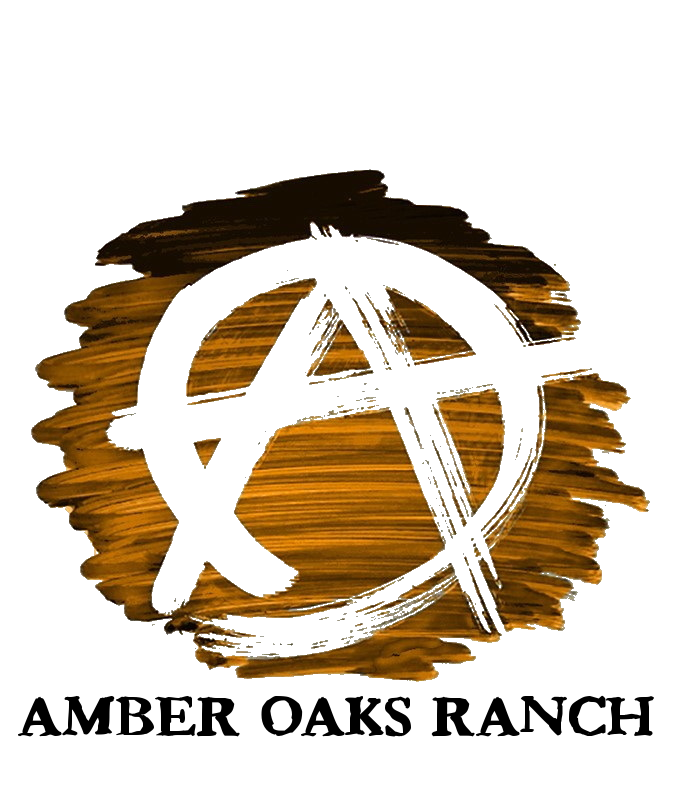Working cattle is a necessary endeavor that every rancher dreads. Lots of pushing and prodding, a few rambunctious animals, and tons of poop and flies. The challenges start when you try to round up the cattle. It’s important to incorporate you’re working area into the cattle’s normal routine – otherwise they’ll know something is up and they won’t cooperate. You’ll end up spending hours trying to round up the strays, or more likely, just give up on the ones you can’t catch – hoping you’ll get them next time. After working with my father-in-law on tagging and worming cattle, I had a fair idea on how I wanted to arrange my working pens. The heart of the affair is an alleyway, a tub (round section with swinging gate) and a chute. The cattle move from the alley where they crowd into the tub. You then swing the gate and push them into the chute. From here you can load them into a trailer backed up to the shoot. You can also work the cattle individually as they move single file through the shoot. Ideally, you’ll have a head gate, or better yet a squeeze chute, installed at the end of the shoot. It’s also nice to have several holding pens to sort different animals into (sick, young, pregnant, culls).
For my affair, I built a 1-acre paddock to the NW of the house. This was incorporated into the area between my driveway and the edge of the property. A large (but not too large) holding area is good because the cattle can come in the evening before and you can shut them up until you’re ready to work them. You can also use it to hold the calves if you’re going to wean them, or for segregating the bull or birthing cows. You want to be sure that you can move the cattle through your working area by utilizing their natural movements, augmented with fencing and terrain, and that they are very comfortable with the idea. This paddock is attached to the larger pasture via a gate, and between the two is my working area (just to the rear of the barn). So to get to the paddock (where the water is) they must work through part of the alley in my working area. My alley starts at 14′ and necks down to 12′ where there is a semicircular section made up of interlocking cattle panels that directs the cattle 180deg the other way when I want to work them. However, there is a gate halfway through the circle that they can exit and go into the paddock. Normally, the gate is open and the cattle walk back and forth from paddock to pasture – so it is routine for them. After the semicircle the alley goes from 12′ to 10′ I had this built out of heavy drill pipe because it is here that the cattle start to crowd together as they are confronted with a 90-degree quarter circle with a swing gate that reduces from 10′ to 2′, thus causing the cattle to go single file through the shoot. At the end of the chute, I have a Priefert squeeze chute. I was able to buy this on Craigslist for a great price. It was virtually brand new, and I got it for $1,000 off retail. A squeeze chute comes in real handy when you want to vaccinate, castrate, palpate, etc. You can catch the cattle by their neck, with the head sticking out while the body is in the squeeze chute. You then throw a few levers and press the sides of the shoot against the cow, thus holding them immobile. The squeeze chute has removable doors and such that allow you to get access to the cow in order to treat wounds, etc. Another nice feature of the Priefert squeeze chute is the ability to open up the side. I can use this to sort the cows. Once they are in the squeeze shoot, I can allow them to continue on out (or into a trailer) or divert them by opening the side and move them into yet another holding pen. I subdivided this pen so that I can further sort them. This area also doubles as my hay storage area as it is under the roof of the barn. This is much more difficult to describe, but hopefully, the pictures get the idea across. Perhaps I’ll capture a video next time we work the cattle.



Add Comment